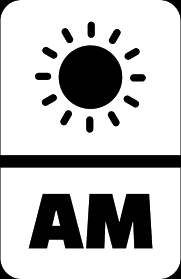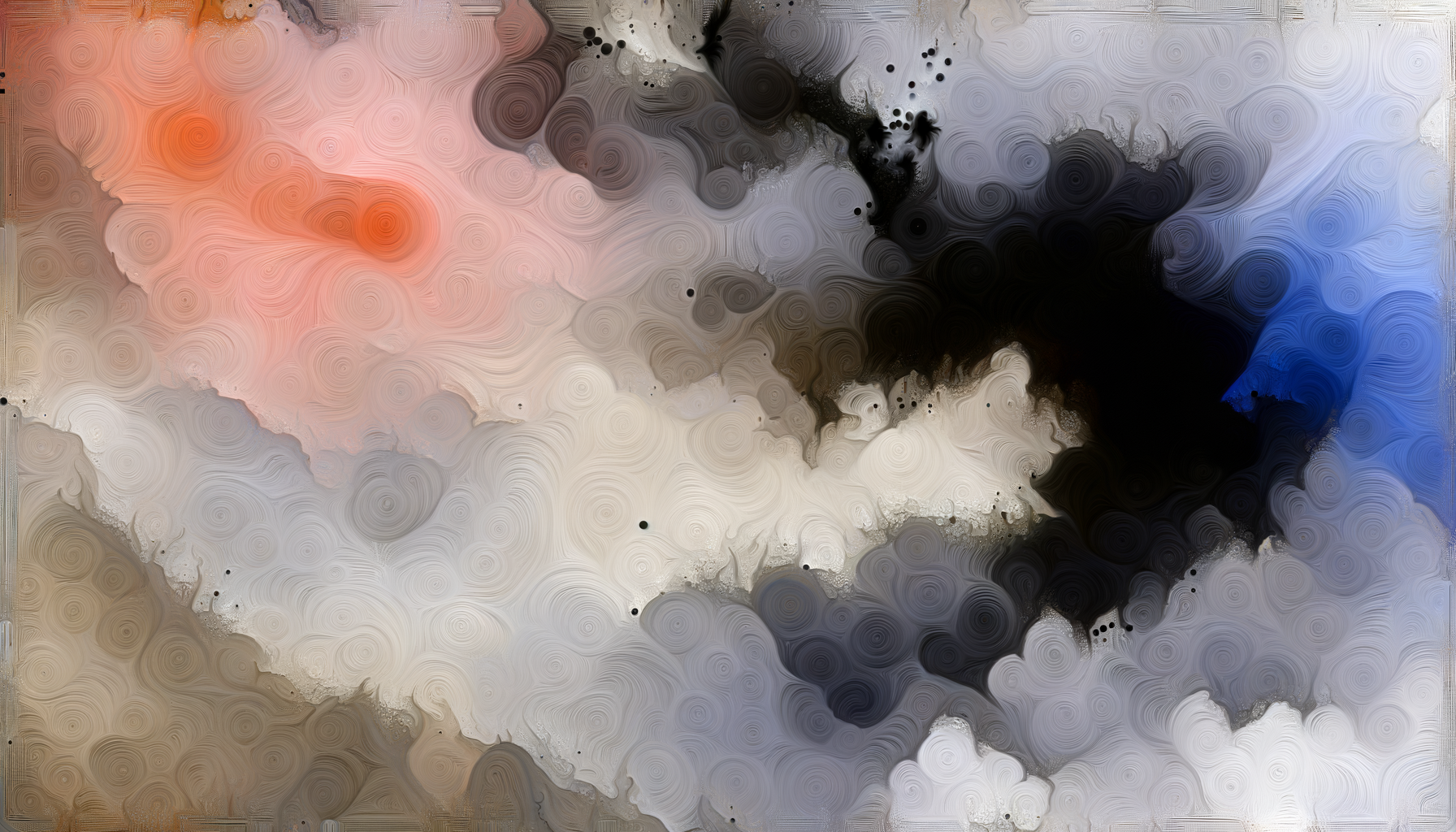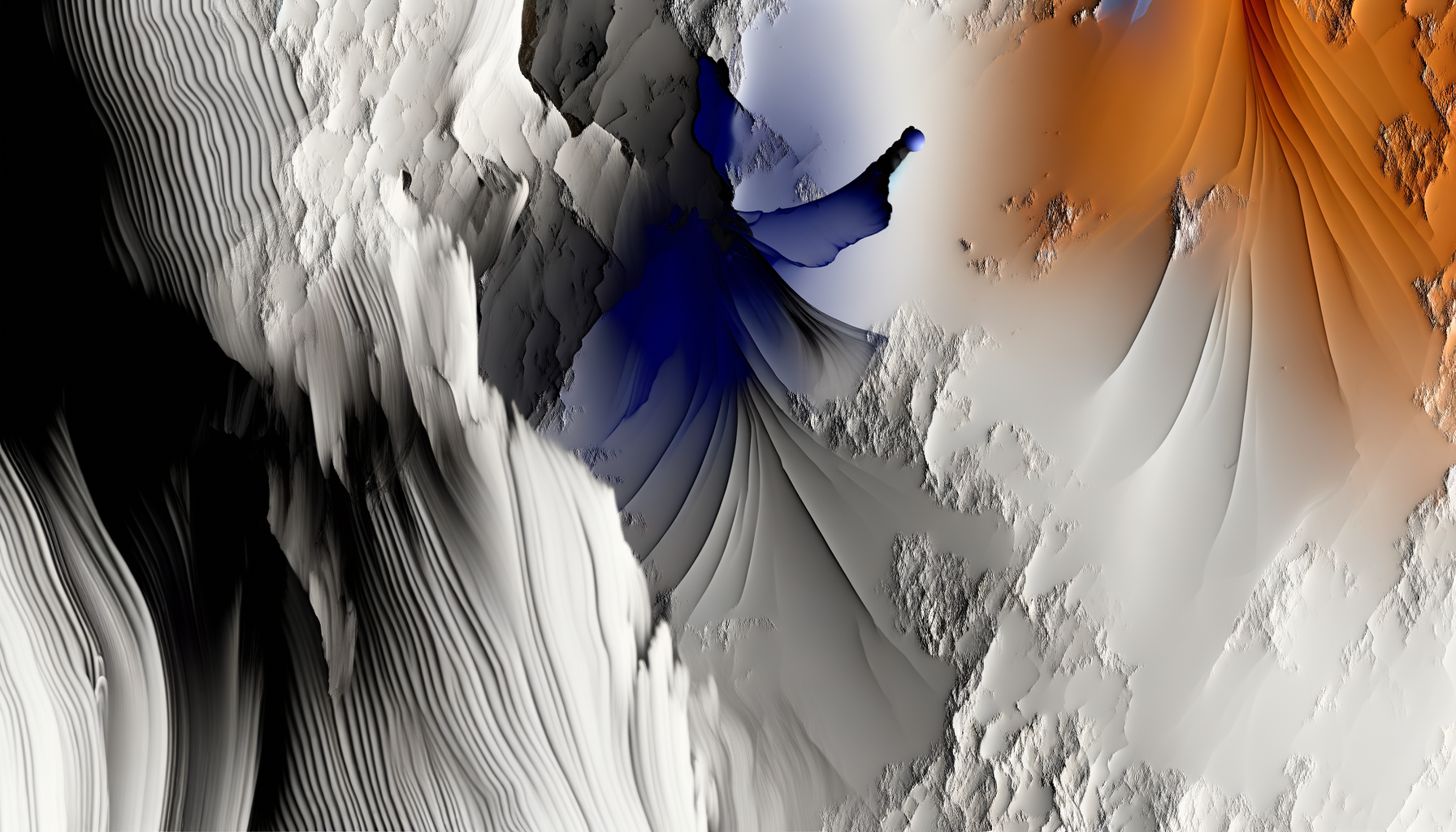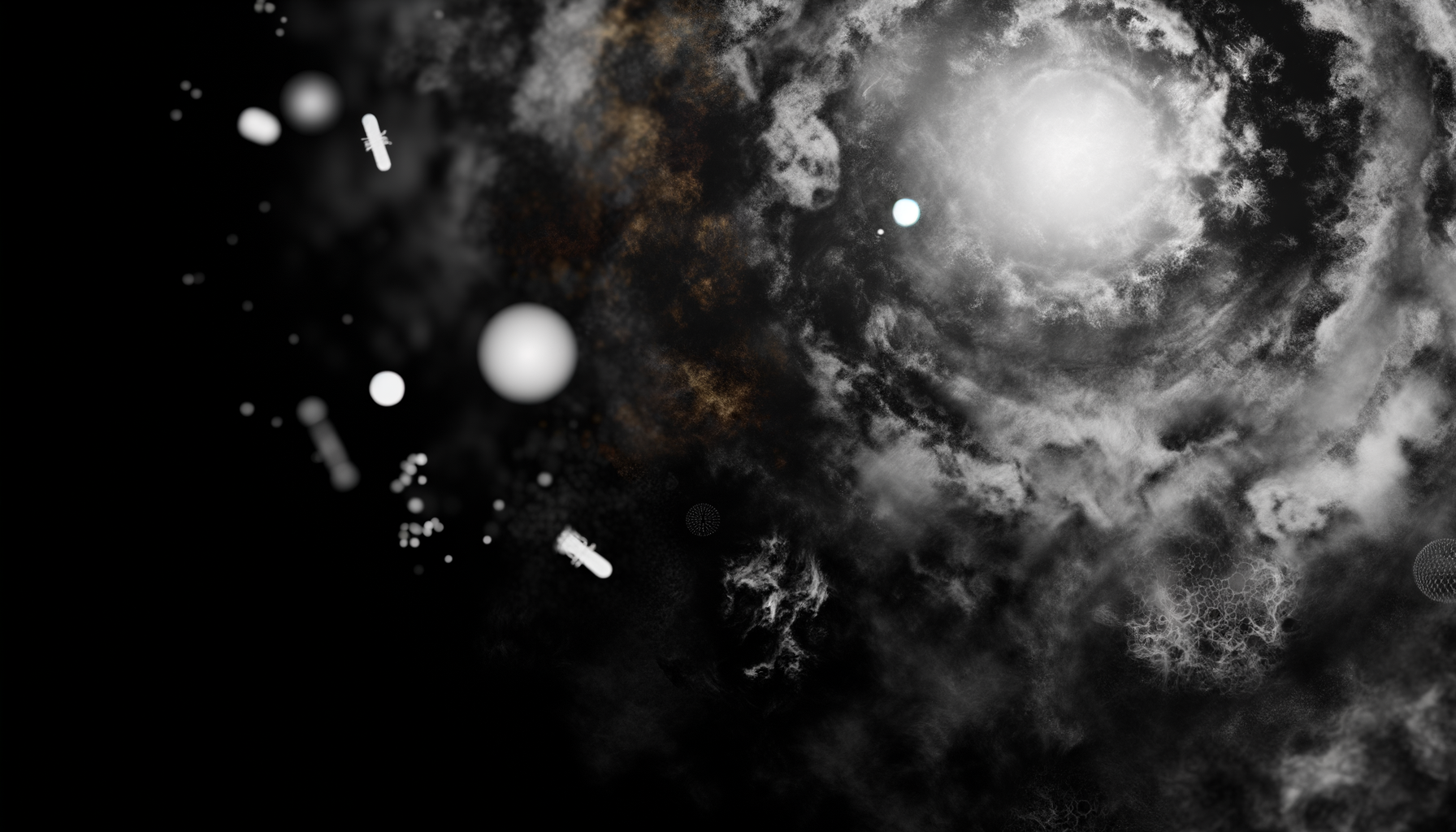The most hyped AI art collaboration platforms are quietly harvesting something more valuable than your artwork—they’re capturing the algorithmic essence of how you create, and you’re giving it away for free.
The Hidden Data Pipeline Behind “Collaborative” AI Art
When Adobe launched its latest AI co-creation features, they marketed it as empowering artists. When Midjourney introduced style preservation, they called it respecting artistic identity. What they didn’t advertise was the sophisticated data collection happening behind every brush stroke, every style adjustment, every creative decision you make.
These platforms aren’t just learning from your final artwork—they’re recording your creative process in real-time. Every time you adjust a parameter, reject a generated option, or refine a prompt, you’re teaching their models not just what you create, but how you think creatively.
What Your Creative DNA Actually Contains
Your creative fingerprint goes far beyond visual style. Modern AI art platforms are capturing:
- Decision patterns: How you iterate through options and what triggers your “yes” vs “no” responses
- Aesthetic preferences: The subtle adjustments you make to color, composition, and form
- Prompt evolution: How you refine and communicate visual concepts
- Timing data: How long you spend on different types of decisions
- Rejection criteria: What you consistently avoid or modify
This behavioral data creates a comprehensive model of your creative cognition—something far more valuable than any individual artwork.
The Business Model You Didn’t Agree To
Every artist using these “collaborative” tools is unknowingly becoming a specialized trainer for AI models that will eventually compete with human creativity.
Here’s what’s happening behind the scenes: Your creative DNA gets aggregated with thousands of other artists to create increasingly sophisticated models. These models don’t just generate art—they generate artist-like decision making.
The platforms then license this capability to:
- Stock image companies looking to automate content creation
- Game studios needing rapid asset generation
- Marketing agencies scaling creative production
- Other AI companies building competitive products
You’re not just using a tool—you’re training your replacement.
The Terms of Service Trap
Most artists click “agree” without realizing they’re consenting to behavioral data collection. The legal language is deliberately vague:
- “Improving user experience” = training models on your decision patterns
- “Service optimization” = selling aggregated creative intelligence
- “Feature development” = building AI that mimics your creative process
When Stability AI faced lawsuits over training data, they pivoted to “collaborative” models. Why fight over scraping when artists will voluntarily provide higher-quality training data?
The Technical Reality: Style Vectors and Behavioral Embeddings
Modern AI art platforms use sophisticated neural networks to create what researchers call “style vectors”—mathematical representations of artistic identity. But they’re also creating “behavioral embeddings” that encode how artists make creative decisions.
Input: Artist interaction data + style preferences
Process: Neural network training on decision patterns
Output: Synthetic "artist" capable of mimicking creative process
Licensing: Packaged behavioral models sold to third partiesThe result? AI models that don’t just copy artistic styles—they replicate artistic thinking.
Case Study: The Vanishing Illustrator
A freelance illustrator I consulted with spent six months using a popular AI co-creation tool to speed up their workflow. The platform learned their style perfectly—too perfectly. When they tried to pitch new clients, they found AI-generated work “in their style” flooding the market at impossible prices.
The platform had packaged their creative DNA into a commercial product.
Protecting Your Creative Intelligence
If you’re using AI art tools, consider these protective measures:
- Audit your tools: Review what data each platform actually collects beyond your artwork
- Use local models: Tools like Stable Diffusion running locally don’t transmit behavioral data
- Limit interactions: Minimize iterative refinements that reveal decision patterns
- Read licensing terms: Understand what rights you’re granting to your creative process
- Consider AI-free zones: Keep portions of your creative work entirely human
The Broader Implications
This isn’t just about individual artists—it’s about the commoditization of human creativity itself. When AI companies can harvest and replicate the cognitive patterns of creative professionals, they’re not just disrupting art markets—they’re extracting the essence of human creative intelligence.
The most concerning part? Most artists have no idea it’s happening.
The next time an AI tool promises to “collaborate” with your artistic vision, ask yourself: who’s really learning from whom, and what are they planning to do with that knowledge?





